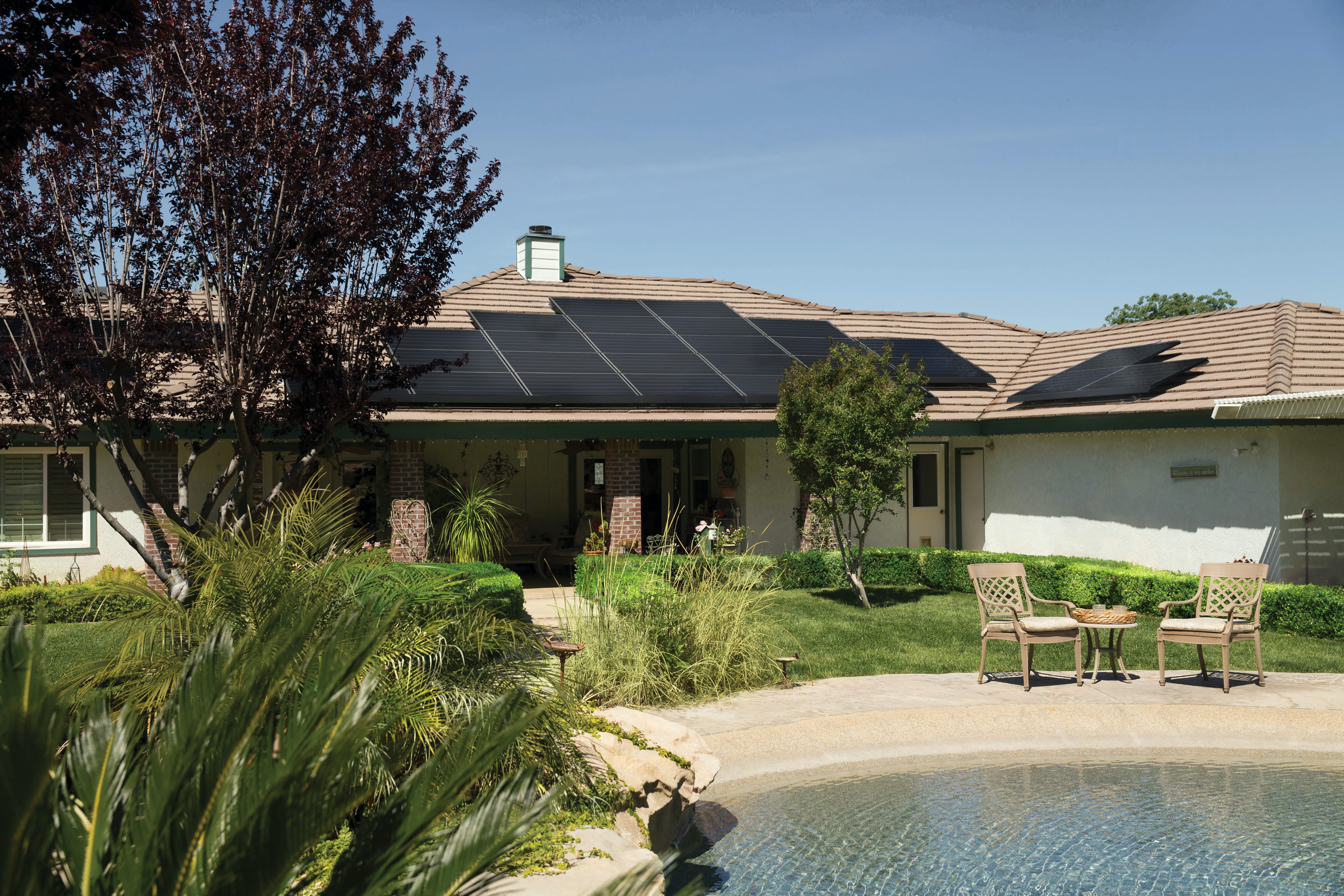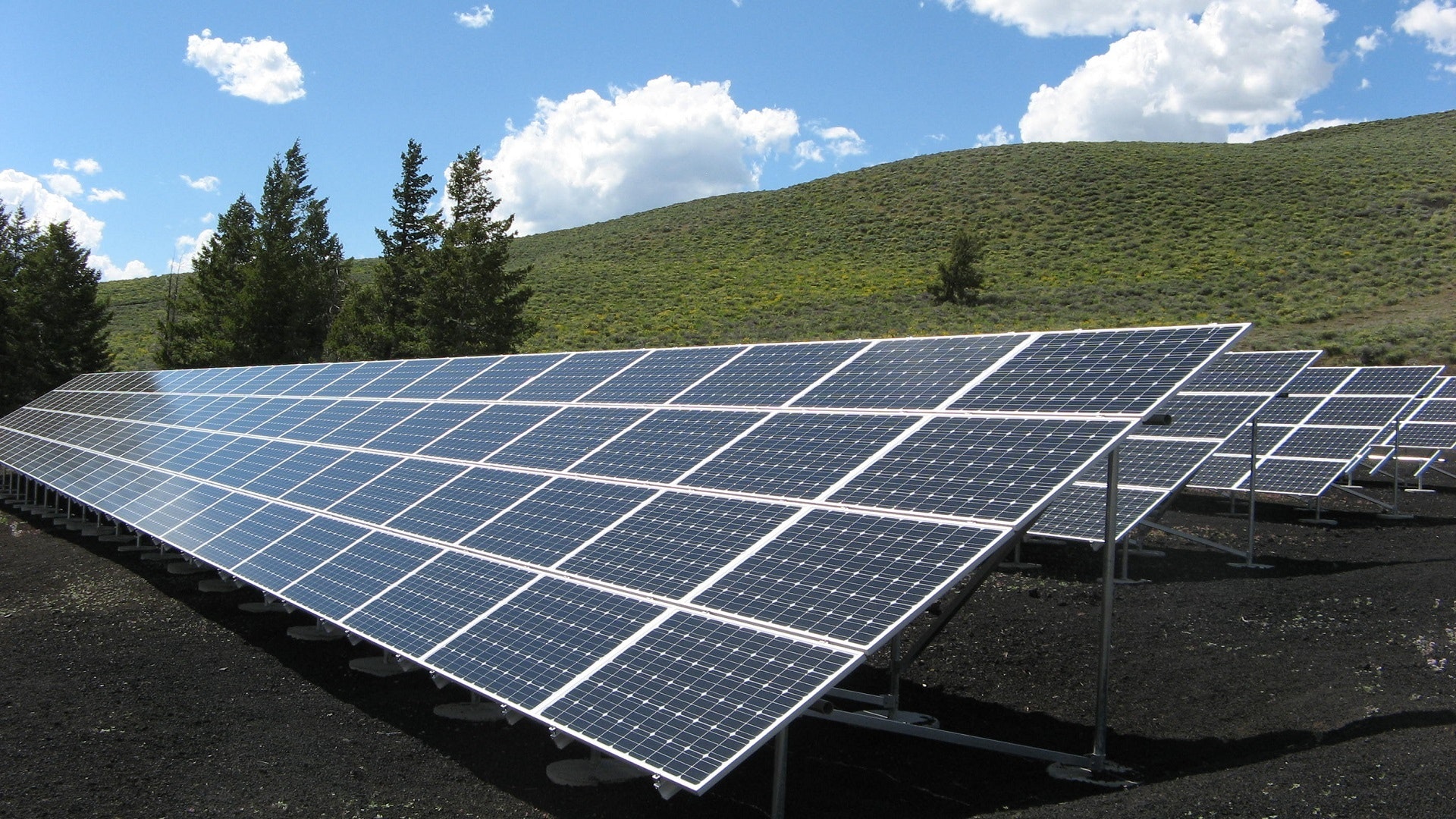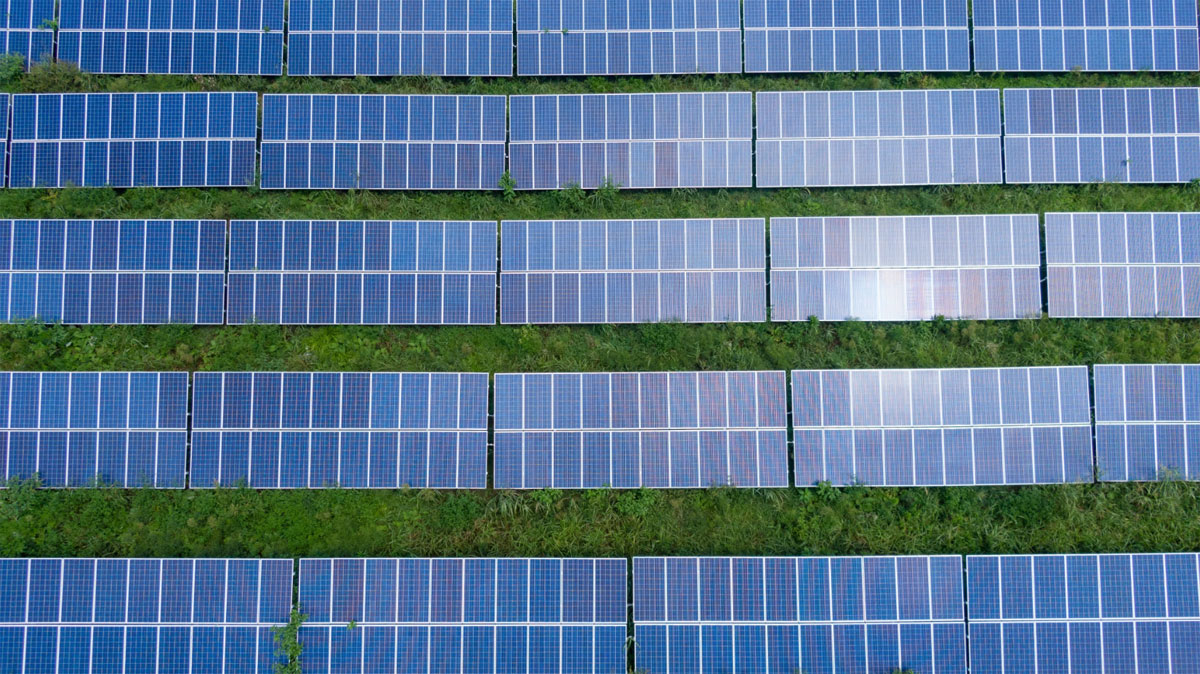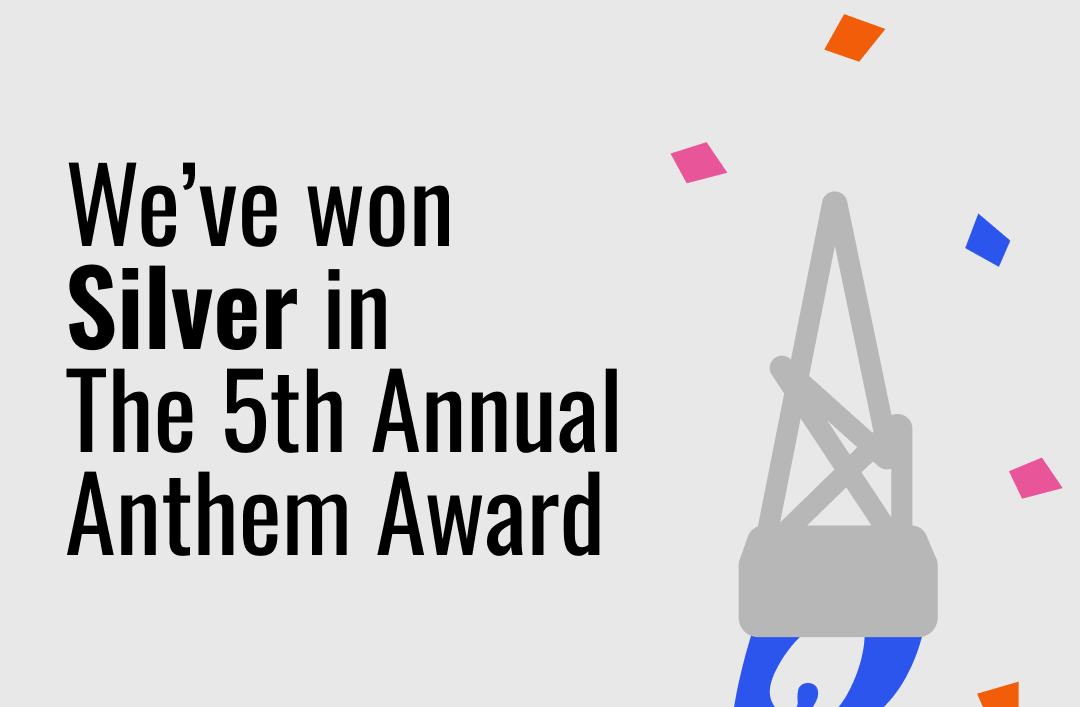Renewable electricity is gonna be big. Replacing-fossil-fuel-electricity-by-2035 big.
With governments around the world racing to replace fossil-fuel-powered infrastructure with more climate-friendly alternatives, renewable energy technologies are poised to make an enormous impact on policy, economies, and societies over the next few decades.
But even as some developed nations set ambitious goals to reach carbon neutrality in the coming years, adoption of renewable energy solutions remains slower than it could be. Indeed, according to the most recent report from the Intergovernmental Panel on Climate Change (IPCC), the shift to renewable energy will have to move much more quickly if we hope to prevent global temperatures from rising more than 1.5 °C (a key threshold for mitigating the worst of potential climate disasters).
Why has the transition to renewable energy been so slow, when its benefits to individuals, societies, and the environment are so clear? And what can we do as storytellers to help move things along?
Wholesale: A Tough Crowd
Some of the biggest challenges to widespread renewable energy adoption come from utilities themselves—the private companies, governmental organizations, and cooperatives that generate, transmit, and/or distribute electricity in a given area.
As public policy consultant John Shenot explains in his article “Understanding Differences in Utility Views Toward Solar”, utilities operate according to very different goals and incentives, depending on who owns them, how they are managed, how they are regulated, and how their rates are set. Unfortunately for marketers of solar and wind power, many of these incentives make the addition of renewable energy to the grid risky or unprofitable for established utilities.

Investor-owned utilities (IOUs) in particular have to deal with the utility throughput incentive—the dynamic that rewards utilities based on the number of kilowatt-hours of energy they sell to retail customers. The more power utilities produce and sell, the greater their profits. And while distributed solar projects can help IOUs lower their costs over the long term by reducing the need to purchase oil, coal, or natural gas, they can also significantly reduce sales and lower profits. Member-owned cooperatives, worried about increasing retail prices in the short term, can also be hesitant to add wind or solar generation to their portfolios.
Municipal and public-owned utilities, on the other hand, may be more open to renewable energy projects. These utilities can be influenced by policy decisions that encourage or require given jurisdictions to move towards carbon neutrality. In other words, while they face many of the same challenges as privately owned utilities, publicly owned utilities may have competing incentives which balance out the fear of lost revenue.
As always, it’s important to bear your audience in mind when crafting a marketing strategy. If you are marketing a new renewable project, or selling renewable energy wholesale, consider your target buyer. What sort of utility are they? What issues does renewable energy present to them? By knowing the wants and needs of the particular utilities in your area, you can tailor your pitch and find a plan that’s beneficial to everyone involved.
Retail: Deregulation and Free-Riders
Marketing energy directly to consumers, meanwhile, comes with its own set of challenges and opportunities.
For starters, the very idea of a competitive retail energy market is relatively new. Historically, consumers have had very little choice when it came to electrical suppliers—the utility you lived near was the utility you got. Since the late 80s and early 90s, however, a number of US states have begun “deregulating” or “restructuring” their energy markets, allowing consumers to choose who they’ll buy their electricity from. In other words, consumers in these areas have more choice in how their electricity is generated or produced (though they still have to pay local utilities to deliver that electricity from a source to their homes or businesses).

In states where deregulation or restructuring have opened up the local market, renewable energy marketers can sell electricity by appealing directly to consumers, giving people the opportunity to have a positive impact on their environment by paying a little more for power.
There’s just one problem: individual consumers have a strong incentive not to pay a premium for more environmentally friendly electricity.
As scientist and electricity markets policy advisor Ryan Wiser explains in his article “Green power marketing: increasing customer demand for renewable energy”, renewable energy has to deal with the so-called free-rider problem—the extra burden placed on public goods by people who don’t contribute a fair share to their upkeep.
In the case of renewable energy, the free-rider problem can show up because individual consumers gain the benefits of new energy sources—such as lower air pollution, cleaner water, and reduced risk of climate catastrophe—whether or not they directly pay for these goods themselves.

When a small number of people pay up to install solar panels or wind turbines on their property, for instance, many people in the area benefit without making any contribution. According to classical economic theory, this dynamic can make the average consumer reluctant to pay for renewable energy upgrades. Why pay, the thinking goes, if one can get it for free?
As Wiser also points out, economists have questioned and complicated the free-rider problem in the years since it was first articulated. As it turns out, there are in fact conditions under which people become more willing to pay a premium to support the creation of public goods.
How can renewable energy marketers use those conditions to their advantage, and create campaigns that get consumers excited about switching to renewable energy?
Making Renewable Energy Irresistible
In the same article, Wiser discusses four strategies for renewable energy marketers hoping to move their target audiences to action:
Take advantage of community and social dynamics
Research suggests that people in small groups are able to come to agreements among themselves and influence behavior more effectively than large communities. Accordingly, Wise suggests that renewable energy marketers should focus their efforts at the local level, by using messaging that emphasizes the value a given energy project will bring to a small, knowable community. Such messaging will have a better chance of tapping into that community’s “implicit or explicit social norms or values,” making it more likely that audience members will feel moved to participate—even in the face of the free-rider problem.
Assure customers that they can "make a difference"
Wise also argues that people need to feel a sense of efficacy when contributing to a public good. They need to believe their money will truly “make a difference” for themselves and their communities. In general, renewable energy messaging should reassure prospects and customers that their money is being used effectively, and that it is having a positive impact on energy generation or production in their area. Moreover, projects that move forward only when certain funding goals are hit have a greater chance of convincing people to get on board. This “provision point/give-back” strategy is the same approach used by successful crowdfunding platforms like GoFundMe, and it can be applied to renewable energy projects in the same way.
Emphasize customer retention
The longer a customer is involved with a renewable energy program, the more time they have to get tired of paying extra for a public good. Some customers may even “learn” how to free-ride, and drop out of the project to save money while still enjoying the benefits of having renewable energy on the grid. Renewable energy marketers should incentivize customers to stick around by offering longer-term commitments, and/or by giving staged rewards to loyal customers.
Enhance material private value
Finally, if customers are going to pay more for their electricity by supporting renewable energy projects, it only makes sense that they should receive more in return. Renewable energy marketers should think about how they can add value for their customers, beyond delivering electricity in an efficient and timely manner. What extra services can your organization provide? What merchandise can you offer loyal customers as a physical reminder of the benefits they receive when buying from you? Wiser urges renewable energy marketers to be “product-oriented”—to position their electricity as a premium product (which could appeal to customers’ aspirational desires), rather than a social good (which could encourage free-riding).
Even today, with the risks of fossil fuels clearer than ever before, inspiring utilities and consumers to make the switch to renewable energy remains a difficult challenge. But by understanding the problems and incentives that stand between people and a cleaner, safer energy system, renewable energy marketers can help them make the choice that will benefit their planet, their societies, and themselves.




